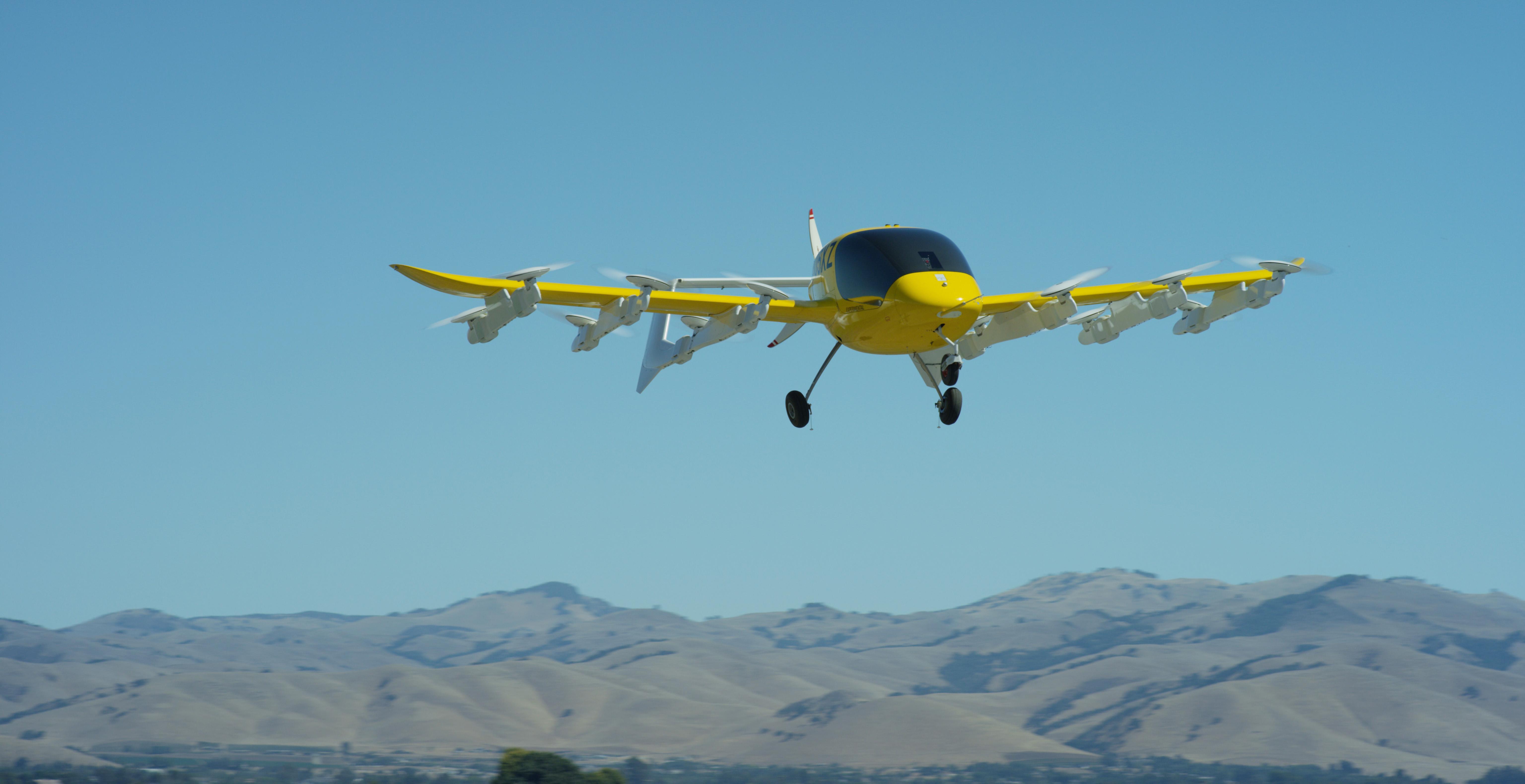Aerospace & Defense Roundup: Nov. 16
November 17, 2020
UK Should Make Big Investments In Space, Consortium Says
A consortium of British space companies is calling on the UK government to make key investments in space capabilities as an initiative to boost and shape the UK’s future economy. Credit: Athena

Bell Optimizing Design Of Electric Anti-Torque System
Bell has begun the process of optimizing the design of its Electrically Distributed Anti-Torque (EDAT) system as it mulls how the technology could be used in a commercial rotorcraft. EDAT details emerged after video was published online of the Model 429 testbed earlier this year. Bell believes it could potentially go on to replace traditional tail rotors in the future, Eric Sinuas, program director for light aircraft at Bell and EDAT program leader, told a Vertical Flight Society online forum on Nov. 16. Credit: Bell

Bye Picks Safran Over Rolls To Power Electric EFlyers
Safran Electric & Power has signed an agreemednt to power Bye Aerospace’s eFlyer 2 and eFlyer 4 certified electric light aircraft. Safran’s ENGINeUS 100 electric motors will power the eFlyer 2 two-seat trainer and eFlyer 4 four-seat air taxi. Credit: Bye Aerospace

Finland Plans Avionics Upgrade For MD500 Fleet
Finland is to undertake an avionics upgrade on its fleet of Hughes/MD Helicopter MD500 light single-engine helicopters. Credit: Finnish Army

Credit: NASA
Moon

Stratospheric Glider Flights Will Test Real-Time Turbulence Detection
A technology enabling real-time detection of clear air turbulence is to be tested on flights of a high-altitude unmanned aircraft from Spaceport America in New Mexico. The flights by Canadian company Stratodynamics and the University of Kentucky are funded under NASA’s Flight Opportunities program. Credit: Stratodynamics

The Weekly Debrief: Submarine Detection Now On U.S. Navy's Airborne Radar
The crew of U-34 thought they could sneak beneath the Allied surface ships guarding the entrance to the Strait of Gibraltar. It was 1918 and, after all, still at the height of the scourge of German U-boats. Credit: U.S. Navy

Arianespace’s Vega To Launch Earth Survey, Science Sats
The Vega light launcher, operated by Arianespace, is to place two satellites into orbit on Nov. 16–Taranis, to study electromagnetic phenomena taking place above storms, and Seosat-Ingenio, focused on the observation of Spain’s territory. The launch is to take place at 8:52 pm EST from Kourou, Europe’s spaceport in French Guiana. Vega’s 17th mission, it will also be its penultimate launch. The upgraded Vega-C is planned to succeed Vega next year. Credit: CNES

SpaceX Falcon 9 Lifts Off On First ISS Crew Ferry Flight
A SpaceX Falcon 9 rocket lifted off from Kennedy Space Center on Nov. 15, sending a Crew Dragon spacecraft with four astronauts on its way to the International Space Station (ISS), the first U.S. government-certified flight of a commercially developed crewed orbital transportation system. Credit: NASA TV

Survey: Potential Passengers Split On Self-Flying Air Taxis
A survey of potential urban air taxi users by German research organization Fraunhofer and vehicle developer Volocopter reveals a high demand for safety but a split on whether the aircraft should be piloted. Credit: Volocopter

Wisk Teams With NASA On Autonomous Urban Air Mobility
Self-flying air-taxi developer Wisk has teamed with NASA to address the safe integration of autonomous aircraft into urban airspace. Credit: Wisk
Bye picks Safran over Rolls to power electric eFlyers, submarine detection now on U.S. Navy's airborne radar, potential passengers split on self-flying air taxis, UK investments in space and more. A roundup of aerospace, space and defense news powered by Aviation Week Intelligence Network (AWIN).
AWIN members can log in to view the full-length articles.